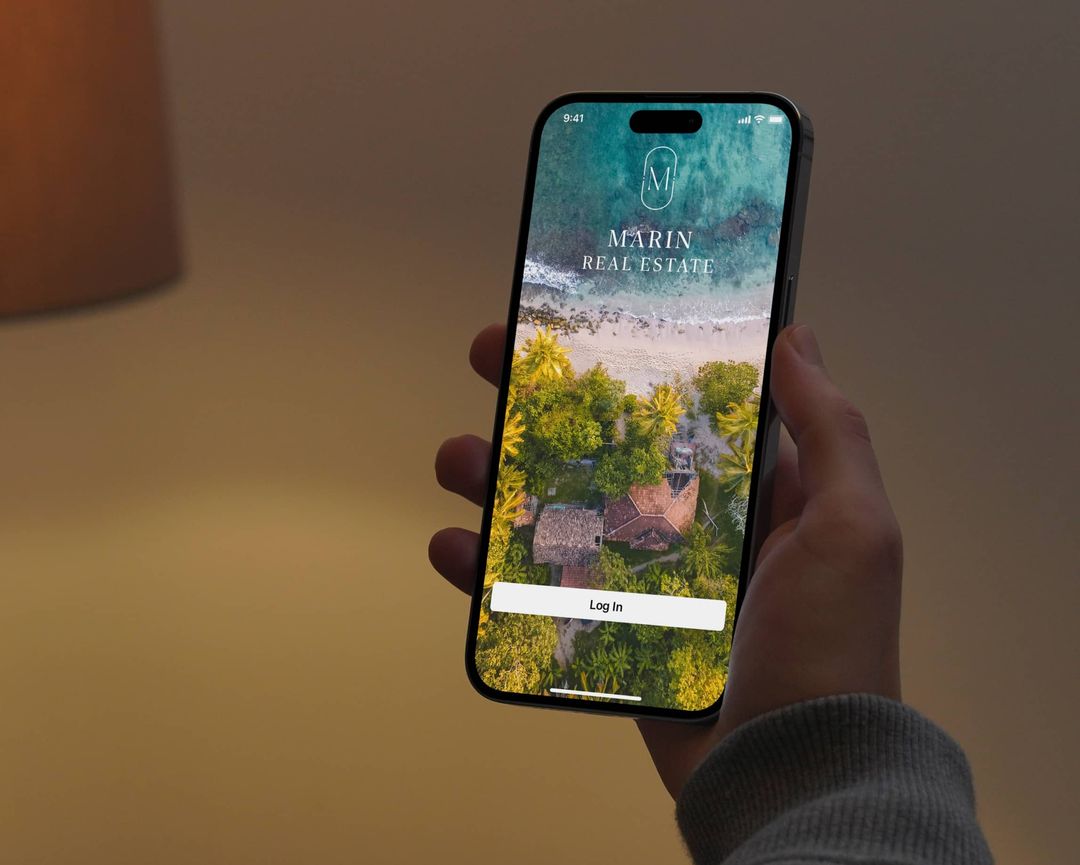
At a glance
A secure real estate client portal turns the property deal into a single, trackable conversation instead of a mess of emails. Firms that roll one out see closings accelerate, security headaches fade, and brand credibility rise. In this guide you will learn what a portal is, which features buyers notice first, the risks of sticking with email-based workflows, and a four-step launch plan that any brokerage can follow.
What is a real estate client portal
A real estate client portal is a private, browser-and app-based workspace where agents and clients log in to chat, share documents, e-sign, and watch every milestone move forward in one place. Unlike email threads or generic file links, the portal keeps a record of actions, applies bank-grade encryption, and shows a running timeline so no one asks “what’s next?”

Why a portal is now the norm
Better service and tighter compliance have pushed portals from “nice to have” to “necessary”. In the National association of realtors buyer survey, more than four out of five respondents started online and expected digital updates throughout the purchase journey. At the same time the FBI logged more than $76 million in reported real-estate wire-fraud losses last year alone, most of it traced to compromised email threads. A portal removes that exposed inbox and replaces it with MFA-protected, SOC 2-aligned channels.
Top benefits for agents and clients
Faster closings: Brokerages that centralise milestones inside a portal cut deal cycle time by as much as 50 percent according to workflow studies compiled by Moxo moxo.com.
Higher capacity: Salty Air Living handled five times more transactions after consolidating six tools into a single Moxo hub.
Happier customers: Digital tools lift client-satisfaction scores by 27 percent on average, outperforming analogue processes.
Brand authority: White-label themes keep your logo on every screen, reinforcing professionalism without a heavy development bill.
Must-have features
What buyers see
Secure login with 2FA: prevents spoofed wire instructions.
Direct chat thread: faster than juggling text, WhatsApp, and email.
Document vault: contracts, inspection reports, and HOA docs live in a single version-controlled folder.
Live milestone tracker: every step from offer to keys appears on an interactive timeline so clients can self-serve status updates.
What agents need
Deal dashboard: one pane shows which tasks are due across all active files, eliminating spreadsheet updates.
Automated nudges: reminders go out when appraisal reports or signatures fall behind schedule, freeing agents from manual chase-ups.
Custom branding: colours, icons, and a custom domain keep the experience under your banner.
CRM and e-sign integrations: data syncs to Salesforce, HubSpot, or Dotloop so you never re-type information.
Email fallback (no app required): automatically emails clients who aren’t using the app, sending secure magic links so they can view and complete tasks in the browser.
How to set up your portal in four steps
- Pick the right platform. Compare offerings and ensure they have a white-label feature like Moxo for real-estate templates, SOC 2 reports, and mobile apps.
- Apply your brand. Upload a high-resolution logo, adjust colour palettes, and route the portal under a sub-domain so clients never feel redirected.
- Map a repeatable workflow. Drag stages like offer, inspection, financing, and closing into the visual builder and attach documents or AI-generated checklists to each step.
- Onboard the first client. Email or text a single secure link and include a one-minute Loom video tour; companies that follow this pattern report adoption rates above 90 percent in the first week.
The hidden cost of skipping a portal
- Agents who stay in email lose time, money, and trust. Inman research shows administrative “time-suck” tasks, including chasing attachments remain a top source of burnout.
- Each unsecured email thread also becomes another entry point for fraudsters whose tactics cost US buyers tens of millions every year.
- Finally, digital-first buyers interpret a missing portal as a sign the brokerage is behind the curve, undermining referrals that still drive nearly 40 percent of listings.
The portal after closing: Building a client-for-life funnel
For most brokerages, the client relationship effectively ends when the keys are handed over. The flurry of communication ceases, and the agent moves on to the next deal, hoping for a referral down the line. This is a massive missed opportunity. The modern real estate professional is no longer just a transaction facilitator but a lifelong advisor, and the client portal is the ideal infrastructure to support this evolution long after the deal is done. Instead of becoming a dormant account, the portal should transform into a permanent digital asset for the homeowner.
Imagine the portal as a perpetual “home binder.” After closing, it securely stores all critical documents. The final closing statement, deed, inspection reports, and warranties which the client can access anytime. This service alone provides immense value. But a savvy brokerage can go further, using the portal as a channel for continued engagement.
Where Moxo fits in
Moxo packages every requirement in a white-label app that feels tailor-made:
Workflow builder turns the most common actions into a reusable template.
Approvals engine routes lender sign-offs and broker reviews automatically, triggering push alerts instead of email chains.
Immutable audit trail records every upload, chat, and signature with time stamps that withstand compliance audits.
The impact is measurable. Balfour Homes used a Moxo OneStop Hub to scale revenue by 2,000 percent within two months, demonstrating how a slick digital experience can unlock dramatic growth Case Studies.
Grab the free Real estate workflow automation playbook or see your own numbers with the ROI calculator.
Conclusion and next steps
Client portals are no longer a premium add-on. They are the foundation for secure, efficient, and reputation-building transactions in today’s market. Ready to replace inbox chaos with a branded experience that closes faster and protects client funds? See how Moxo can automate your client experience. Book a demo today.
FAQs
Can the portal integrate with my CRM?
Yes, platforms such as Moxo expose open APIs and pre-built connectors for Salesforce, HubSpot, and other real-estate CRMs, keeping contacts and deal stages in sync automatically.
Is a portal secure enough for wire instructions?
A portal that enforces multi-factor authentication, encryption at rest and in transit, and SOC 2 controls significantly narrows the fraud window that email leaves open.
How long does setup really take?
Most agents finish branding and a starter workflow in under sixty minutes, then onboard their first client the same day thanks to drag-and-drop templates.
Will older clients adopt the portal?
Adoption jumps when you pair a single-link invite with a concise video walkthrough. Firms that do this report over 90 percent log-ins within the first week.
What if a signer still needs wet ink?
Portals integrate e-sign solutions and can generate a print-ready version with QR-based verification for jurisdictions that require a paper record, while still preserving the audit trail.
Do clients need to download an app?
No. A single secure link lets clients access the portal in any browser with magic-link authentication. Native iOS/Android apps are optional for push notifications and on-the-go document scanning - great for clients who want a simpler, app-free experience.
Can outside partners (lenders, title, attorneys) collaborate without seeing everything?
Yes. You can invite third parties as guests with role-based permissions, limiting access to only the relevant threads, documents, or tasks. Access can be time-boxed or revoked at any point, and every action is recorded in the audit trail.
What happens to our data after closing, or if we switch platforms?
You retain ownership. Export the entire closing package (messages, files, signatures, timestamps) and archive projects per your retention policy. Clients can keep read-only access to their “home binder,” while you can lock or revoke team/partner access with a click.





